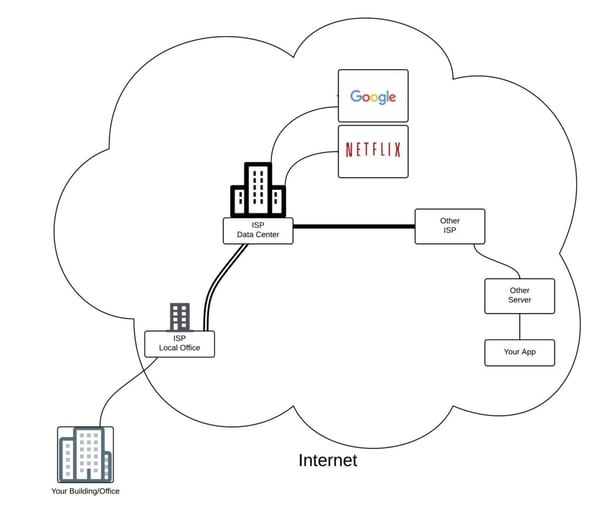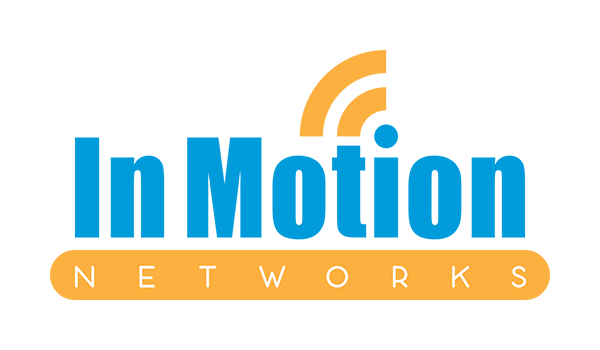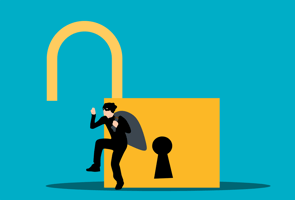In the first part of this post I detailed how we actually get on the Internet and started detailing...
Slow Internet or Slow Site?
I always get a good chuckle when someone comes running into my office to tell me that someone called and says, “the Internet is down” or “the Internet is really slow.” I understand what they are trying to say and I can even understand their choice of words, but an important part of the sentence is missing. What’s missing is the word “connection.” You see the Internet is a connection of computers, so while my computer or your computer may not be connected to the Internet at this given instance the Internet as a whole continues to function.
At it’s simplest form, most small business and consumers don’t actually get on the Internet. Instead, we call up our local provider (Charter, Frontier, etc.) and order a connection to their network. In turn, their network is connected to some other networks. Those other networks are connected to other networks and so on. This is effectively what makes up the Internet – a bunch of connections between different carriers. There is a good chance that your Internet Service Provider (or ISP) is directly connected to Netflix and Google because they are top frequently used sites and a lot of bandwidth is consumed with these sites. On the other hand, there is a pretty good chance that the site that you access for many of your business applications (let’s think something like salesforce) isn’t directly connected to your ISP. Chances are that your ISP has to go through another provider or at least go to another portion of the country to connect to your service’s provider.
You might be starting to get an idea of the number of companies, networks or hands involved in getting a webpage to load. Below is a graphic to try and depict the path your traffic might take to get to major sites and minor sites.

How we get to various sites is a lot like how we travel or drive to different places. If you want to go to Costco, Five Guys or Chick-fil-a, there is a good chance you have one of these in your town and you can get to it fairly quickly. However, there’s also a chance that one of these places doesn’t exist in your town and you might have to drive to the next town or city. Now, imagine that favorite restaurant you have that only exists in one place or a few limited locations. Let’s assume that I’m in southern California, but I want to go to Cracker Barrel. I can’t easily get there for breakfast. I could drive out I-10 and find one near Phoenix or I could drive out I-8 and find one in Yuma. For your favorite single location restaurant (not in your local town) you can imagine how far you’d have to travel to get it.


